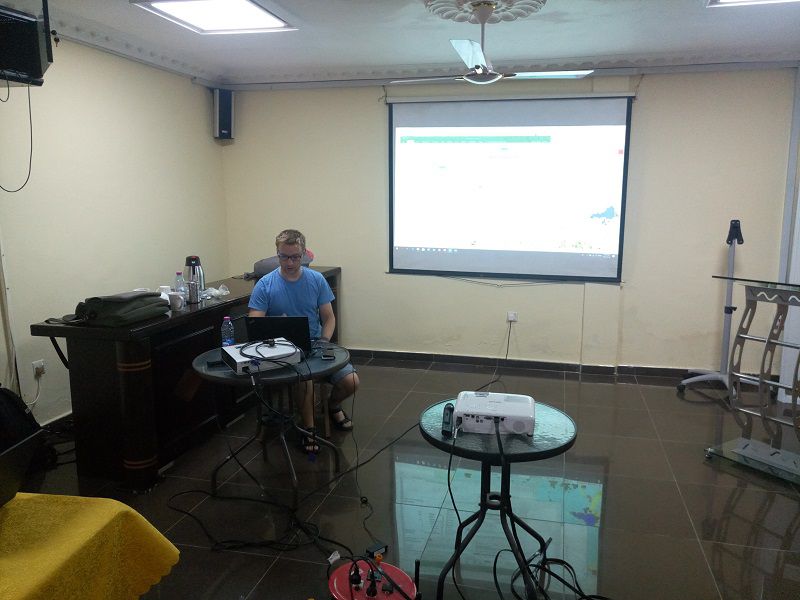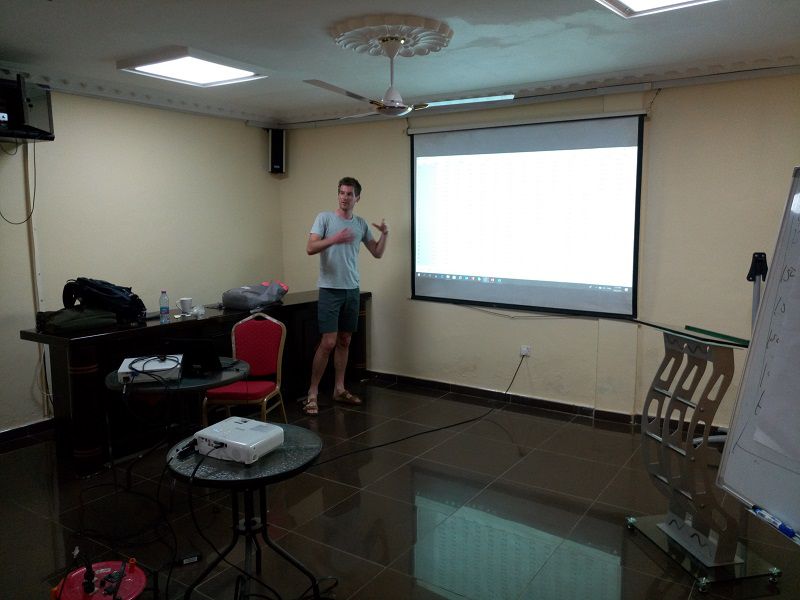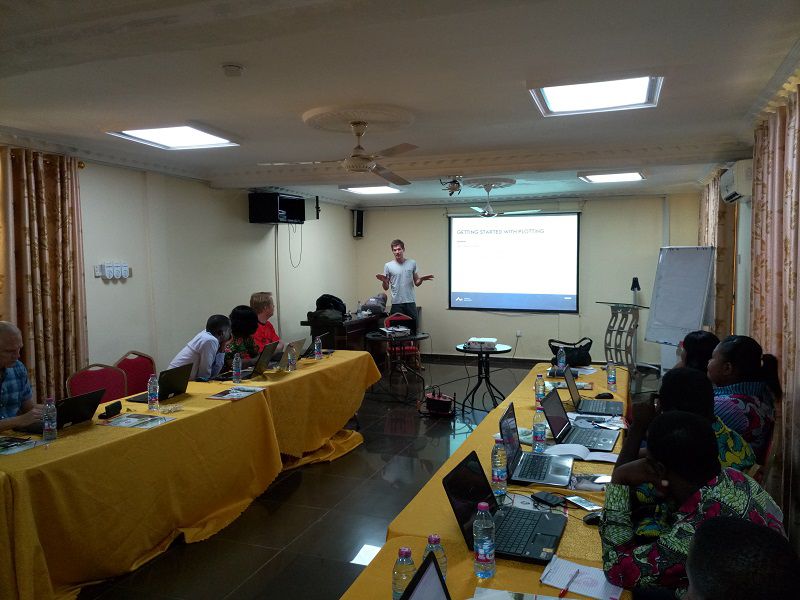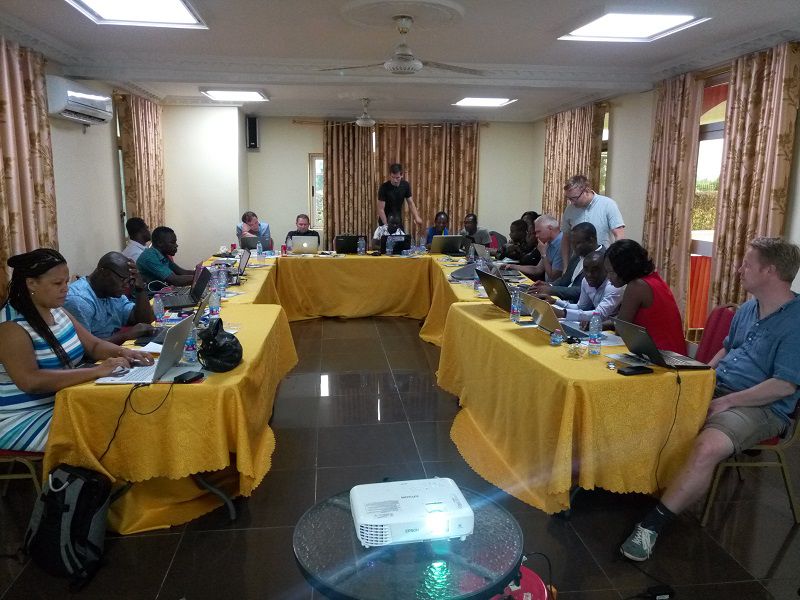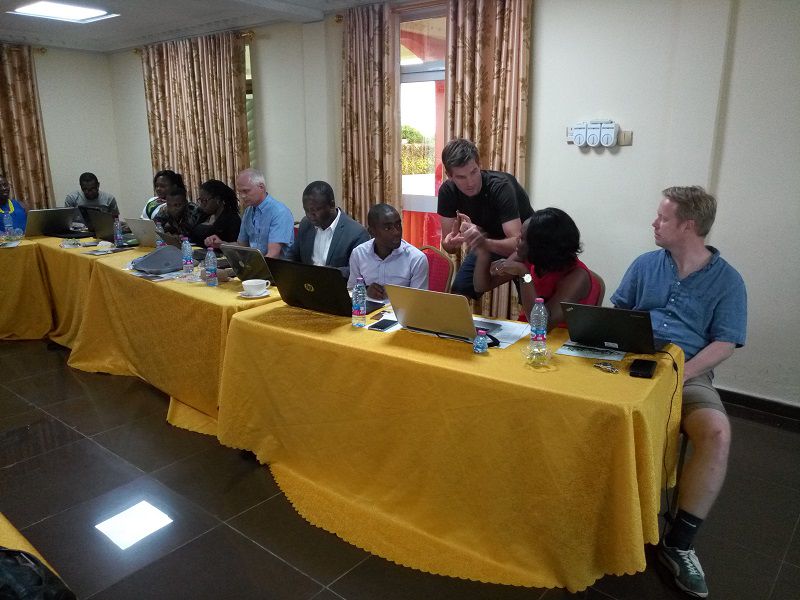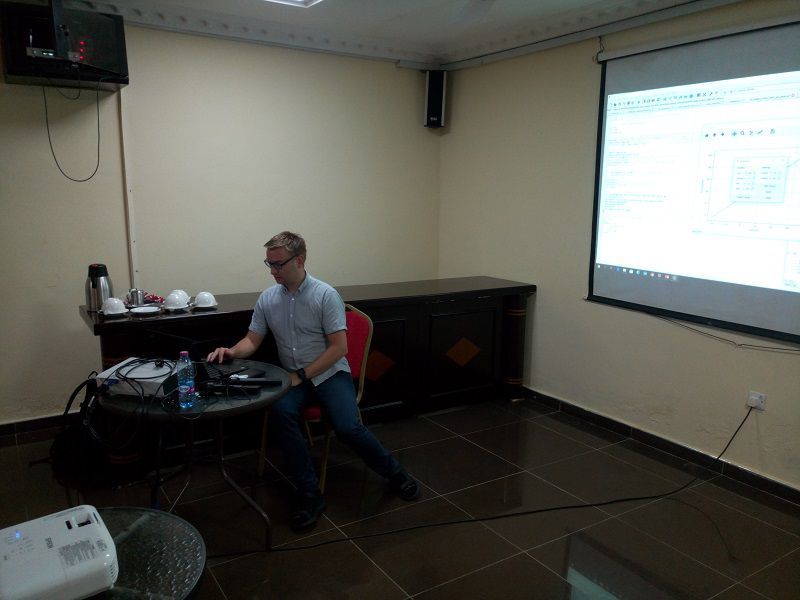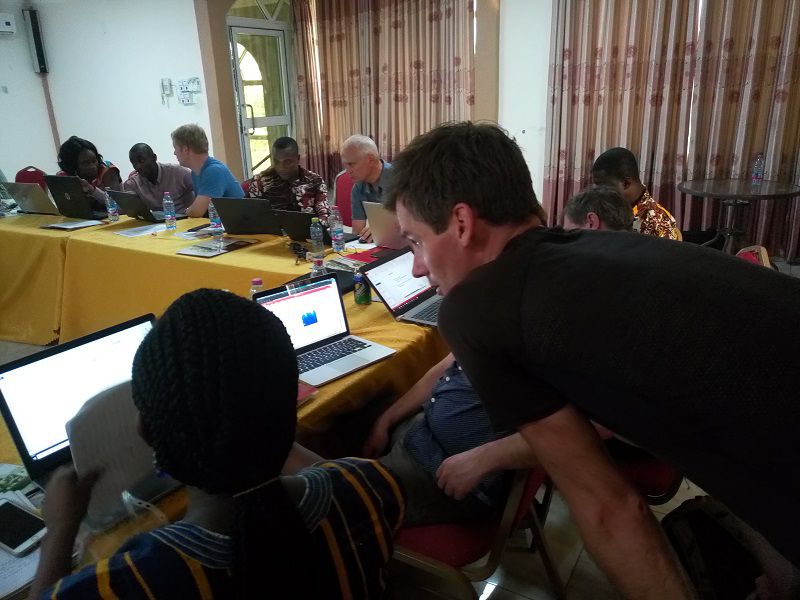Course on Data Analysis and Applied Statistics
Course on Data Analysis and Applied Statistics
– Organized as part of the RELAB project –
Date: 6-8 May 2019
Venue: Sheila’s Lodge, Sunyani
Organisers:
Dennis Trolle, Senior Scientist, Aarhus University, email: trolle@bios.au.dk
Anders Nielsen, Scientist, Aarhus University, email: an@bios.au.dk
Aim:
· The overall aim of the course is to enable students and staff within the RELAB project to conduct data analysis using the open source Python software, and also to learn how and where to find information for troubleshooting.
· The participants install software and work on their own computer, allowing them to continue progress after completion of course.
Course content:
· Introduction to Python: why use Python? Spyder as a GUI for Python, basic Python syntax, making simple calculations, creating and running a script (using Spyder), overview of Python libraries for data analysis
· Reading and manipulating data: importing data from file, selecting and filtering data, sorting, grouping, rearranging, AQ/QC of data, calculations in data frames (using pandas), exporting data to file
· Plotting data: using Python libraries (pandas, matplotlib, seaborn) to produce plots of data (histograms, scatter plots, line plots, boxplots)
· Introduction to statistics: why apply statistics? Introduction to descriptive and inferential statistics, data sampling and distributions, hypothesis testing
· Applied descriptive statistics: “Descriptive statistics describe a sample using numerical measures”. We use pandas to derive descriptive statistics of data (e.g. mean, median, mode, min, max, standard deviation, skewness)
· Applied inferential statistics: “Inferential statistics takes data from a sample and makes inferences (interpretations) about the larger population from which the sample was drawn”. We introduce correlation analysis (and plotting heatmap), linear regression (and plotting), multiple linear regression, common hypothesis testing (e.g. comparing sample means using Student’s t-test and Mann-Whitney U test)

Course participants
Name | Institution | |
Staff | ||
Peter Sanful | UENR | |
Yaw Agyeman | UENR | |
Emmanuel Opuni-Frimpong | UENR | |
Mary Antwi | UENR | |
Adelina Mensah | University of Ghana | |
Torben Lauridsen | Aarhus University | |
Thomas Davidson | Aarhus University | |
Hans Thodsen | Aarhus University | |
Thomas Shatwell | UFZ, Germany | |
Students | ||
Amos Asase | University of Ghana | |
Edna Quansah | University of Ghana | |
Asha Damoah | UENR | |
Austin Asare | UENR | |
Solomon Amfoh | UENR | |
Elizabeth Kwakye | UENR | |
Augustine Yeboah | UENR | |
Sylvia Baidoo | UENR | |
| ||
Technician | ||
Eric Darko | UENR | |
|
Course on lake modelling
Course on process-based modelling of lakes and reservoirs
– Organized as part of the RELAB project –
Date: 8. May 2019
Venue: Sheila’s Lodge, Sunyani
Organisers:
Dennis Trolle, Senior Scientist, Aarhus University, email: trolle@bios.au.dk
Anders Nielsen, Scientist, Aarhus University, email: an@bios.au.dk
Aim:
· The overall aim of the course is to enable students and staff within the RELAB project to understand the basic concepts of an aquatic ecosystem model, including the WET tool, which is to be used within the RELAB project.
· The participants install open source software and work on their own computers, allowing them to continue exploring modelling aspects after completion of the course.
Course content:
· Introduction to process-based lake and reservoir models: Why do we apply models? Which issues may we address using models? How does the models account for physical and ecosystem dynamics? How can we use models to investigate impacts of future climate change?
· Hands-on exercise – setting up a model: Setting up a lake ecosystem model from scratch using the WET tool: inputting case specific bathymetry, weather information, river inflows and outflows.
· Hands-on exercise – running a model and analyzing output: How to run the model setup on own computer, and inspect key outputs for understanding the dynamics of the modelled system.
· Hands-on exercise – model adaptation: How to compare model output with observations from a real-world case. How to adapt the model through calibration, for improving the models ability to represent a real world case.
· Hands-on exercise – model scenarios: How to design and simulate climate change scenarios.



